In our increasingly volatile global economy, supply chains are undergoing tremendous change. Traditional, linear, and efficiency-driven models are being reimagined to embrace resilience, flexibility and integration. This transformation is fueled by technology, data, and the growing complexity of market demands.
Let’s take a detailed look at how this tech-driven evolution is shaping an antifragile supply chain landscape.
The changing face of supply chains
Modern supply chains are evolving from one-dimensional, scalability-focused structures to diversified and resilient networks. This transition is driven by factors such as legislative demands, regionalization, and the need to mitigate risks like market volatility and geopolitical disruptions. For example, initiatives like the U.S. Inflation Reduction Act are compelling companies to focus on regional production hubs, even at the cost of efficiency.
Another critical challenge is managing the "bullwhip effect," where minor disruptions at one end of the chain amplify across tiers, creating significant inefficiencies. To address these challenges, businesses need robust, interconnected data and software systems to reduce silos and enhance visibility across the supply chain.

Author
Kai Althoff
CEO
at 4flow
Integrating supply chains: a regional approach
The end-to-end integration of processes and technology across today's complex global supply chains remains an ambitious goal for many businesses. In my 25 years of experience, I’ve observed that there's no one-size-fits-all approach. Supply chains are inherently regional and context specific. Because of this, focusing on individual functions can be beneficial for scalability and cost reduction – especially in highly competitive sectors. However, to achieve agility and antifragility, businesses need to connect the dots across the entire supply chain.
Truly antifragile supply chains—that recover, learn, and emerge stronger from disruptions—are rare but achievable. Businesses today often pursue multiple objectives, focusing on robustness, integration, and creating alternative routes. But it's not enough just to have backup routes; companies need processes, systems, and contracts that support these alternatives end-to-end.
To stay competitive, both the elimination of silos and successful digitization are crucial. Businesses are tackling this challenge in diverse ways, depending on their regional and organizational context. Strong corporate level support is required to drive much-needed transformations while collaboration and partnerships across the supply network, along with cost management and service quality balance, need to remain top priorities for supply chain leaders.

Collaboration as the cornerstone of resilience
The term "partnership" is perhaps one of the most overused terms in supply chain. Many of these relationships resemble transactional engagements rather than collaborative alliances. Many shippers treat transportation as a commodity, focusing solely on cost reduction. This mindset hampers long-term investments in innovation and visibility.
True collaboration hinges on establishing long-term relationships that balance cost, quality, and mutual benefits. Successful ecosystems often operate on this principle, fostering joint investments and innovation to create an environment where all stakeholders thrive.
At 4flow, we typically establish long-term contracts with our customers, and we witness the benefits of growing and innovating together every day. Long-term collaboration fosters continuous improvement while a focus on increasing maturity levels remains key.
The role of AI and emerging technologies to increase agility
AI's impact on supply chains will be profound, and early adoption is crucial to staying ahead of the curve and maintaining a competitive edge. AI is reshaping supply chain operations, driving faster decision-making and enabling more accurate forecasting.
Key areas where AI is making an impact include:

Forecasting
Machine learning provides improved visibility into future demand and disruptions.

Usability
AI-driven tools simplify complex decision-making processes which, for example, enable non-experts to optimize networks using modern network design tools.

Optimization algorithms
AI enhances solutions to complex logistical challenges, minimizing non-optimal outcomes.

Data utilization
Leveraging AI accelerates the flow of information, creating faster and more agile supply chain responses.
4PL models: a strategic enabler
Fourth-party logistics (4PL) providers are becoming indispensable for companies navigating digital transformation. A true 4PL acts on behalf of the shipper, managing and optimizing networks while driving maturity in processes, technology, and organizational structures. This model allows businesses to focus on core competencies while the 4PL manages the complexities of supply chain orchestration.
4PL providers are not limited to operational tasks; they are integral to strategic decision-making. Their value lies in modular services tailored to client needs, from continuous optimization to holistic supply chain orchestration. By bridging gaps in processes, technology, and talent, 4PLs are accelerating the pace of successful transformations.
4flow’s 4PL model has delivered significant success for our customers in driving transformation, facilitating the adoption of technology and enhancing ecosystem collaboration.
The future of supply chains: agility amid disruption
As disruptions become the norm, agility is no longer optional—it’s essential. Political instability, economic shifts, and weather events mean supply chains must adapt and recover quickly. The Covid-19 pandemic served as a wake-up call, emphasizing the importance of agility and antifragility.
Agile supply chains require an integration of sales, production, and supply planning, supported by technology and AI. However, this integration depends on aligning culture with technological advancements. Companies must embrace new talent strategies, foster collaboration, and invest in long-term partnerships to remain competitive.
The supply chain of the future is not just about transporting goods but about creating an interconnected ecosystem that thrives on collaboration, resilience, and innovation. By leveraging technology and fostering genuine partnerships, businesses can navigate the complexities of modern supply chains while positioning themselves for long-term success.
Sound interesting? We look forward to hearing from you.
This article is based on a presentation given by the author in November 2024 in Paris at Visibility Now! The event was hosted by Shippeo, a leading provider for real-time transportation and trusted 4flow partner.
